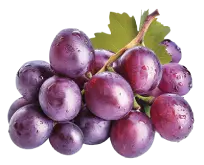
I ride an old motorcycle and often find myself doing more wrenching than riding. Several times I have been stuck on the side of the road wondering why there was smoke coming out my headlight bucket or the fuse box. A friend introduced me to the Joseph Lucas smoke theory. It goes something like this. When smoke escapes from an electrical system, you have sprung a leak and nothing will work until you put all the smoke back inside. I’ve since learned that corrosion of a 44-year-old electrical system creates excessive electrical resistance. Resistance of electrical current transforms electrical energy into heat, which melts wires letting the smoke out. I wish I knew all this when I had to explain to my father why the back seat of my Volkswagen Beetle caught on fire during a date with my high school girlfriend.
Electrical smoke theory – preserves color, texture, flavor and nutrients
Electrical resistance was used 85 years ago by Getchel1 and Moses2 to pasteurize milk. When 90’s new wave music played on the radio, De Alwis3 was experimenting with ohmic heating of food. This idea of using electrical smoke theory to process foods has been around quite a while. Ohmic heating essentially uses conductivity of food to pass an electric current through a liquid food matrix. Connect your car’s jumper cables to a vat of milk, start the motor and within seconds, voila! Magical smoke pasteurizes the milk?? Ok not everything on the internet is true, just ask Siri.
Ohmic heating uses ions like potassium and sodium as the backbone to pass electrical energy through food. A conductivity ranging from 0.1 to 2.0 S/m is just about right and is typical of many fruit products. The food also has resistance to electrical energy transfer and that resistance is what creates heat. An alternating current of 50-60 Hz can heat liquid foods 10 times faster than a traditional plate heat exchanger using steam. An Ohmic pasteurizer claims to preserve color, texture, flavor and nutrients by having a shorter temperature lag. Regardless of what heating technology is employed, pasteurization and aseptic processing still has the same requirements of time, temperature and flow rate regardless of how it’s heated. Ohmic heating also requires a consistent and even conductivity in the foods to ensure cold spots are not present.
Tree Top scientists test the Ohmic heating process
A few weeks before the world was forever changed by Coronavirus, we sent two of or our scientists to a secret location in Europe to test this “novel” technology. A team of food scientists and engineers were all handed N95 masks and informed that this was a precautionary measure, and nobody was at risk. For the next four days Becky Douglas and Kjersten Braaten batched and processed a range of fruit purees, sliced strawberries, diced peaches, whole raspberries, fresh pressed juice, rolled oats and stabilized fruit preps for ice cream. Samples were cooked on a bench top stove to compare quality with ohmic processed materials. It soon became apparent that ohmic heating produced a better color and texture compared to bench top samples. We often see a similar improvement in food quality when we scale up from our pilot plant. Commercial trials always show an improvement in color and flavor versus a lab made reference sample. We also learned that quality of input fruit used in the raw batch has a much larger impact on finished good quality than the ohmic heating process. If you start with brown peaches or soft strawberries, color and texture does not get better??.
During our ohmic heating trials we learned a great deal and fortunately never saw any smoke escaping from the Ohmic pasteurizer. I am even more fortunate to have Becky and Kjersten back home safe and sound with no symptoms of Covid 19. We are still waiting for sample material to complete our research. Once samples arrive we will be happy to share them with our customers interested in using smoke theory to pasteurize food.
Stay healthy and safe!
Doug Webster
Please contact your sales person if you’re interested in more info.
References
- Getchel, B.E. Electric pasteurization of milk. Agriculture Engineering 16(10): 408-410, 1935.
- Moses, B.D. Electric pasteurization of milk. (1938) Agriculture Engineering 19: 525-526
- De Alwis, A.A.P., Fryer, P.J. (1990). A finite element analysis of heat generation and transfer during ohmic heating of food. Chem. Eng. Sci., 45, 1547-1559.




